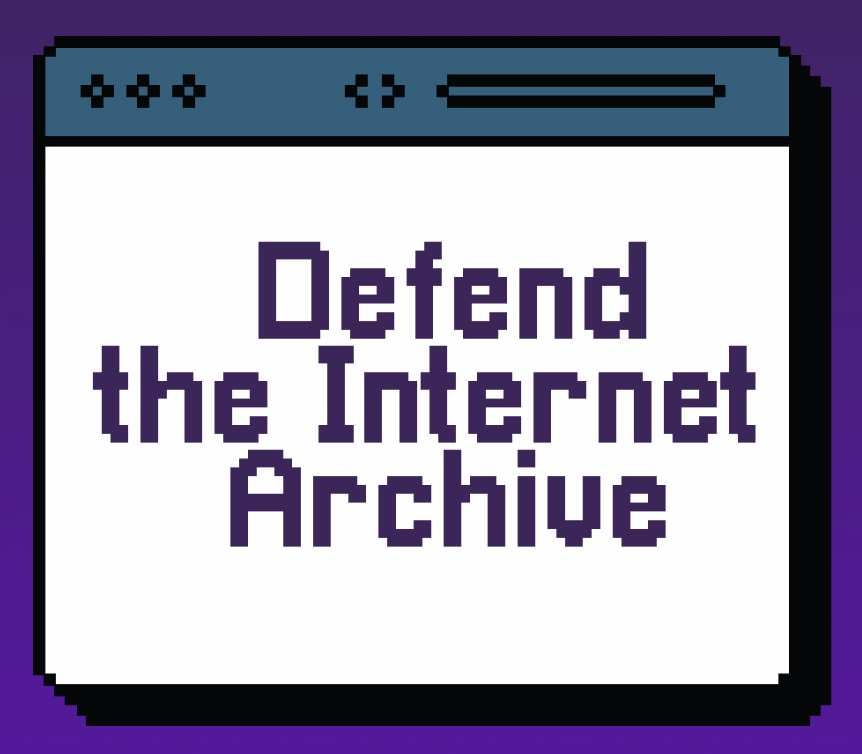Test strips. PSA: Everyone should test their drugs and carry narcan.
I was gonna say “have someone else smoke it first”
And don’t use alone, pretty tricky to narcan yourself. Also gotta watch out lots of non-fentanyl tranqs getting mixed in with shit these days and narcan only works on opiods
Short answer: no, there’s not a way to check easily.
Long answer: don’t download form untrusted sources, if the crack is fully published on GitHub you can trust it more easily if the code is freely available and vetted by people who know what to look for.
If it’s suss use a vm before your main OS.
This is a good idea and a good practice in my opinion. Some malicious code detects when it’s being sandboxed and hides itself until it’s running somewhere it can do damage though.
Once malware is VM aware it can also get outside a VM. Furthermore, malware can be written to seat itself comfortably in your PC and lay low for hours, days, weeks before becoming active. Installing in a VM and waiting for shit to hit the fan is not always reliable.
Getting out of a VM reliably is not usually trivial, and VM escapes are usually designed to target specific configurations rather than an arbitrary deployment. A VM with a minimum amount of shared resources is usually a reasonable security boundary unless you think the malware you’re analyzing has hypervisor-specific 0 days.
the malware has to be very advanced and specifically target your hypervisor version to escape a VM.
in the context of cracked software, it is highly improbable that you’ll find malware with this capabilities.
And start with no network for the VM
If the installer is small enough (<650MB I believe), you can upload it to virustotal.com to have it be scanned by ~65 antivirus programs
Inhale and wait
I always keep a bootable usb just incase…
Run it and close your eyes.
I was gonna say ‘cross your fingers and your toes’
Clench your butt.
You can’t. They’re never safe. But you aren’t downloading a crack to be safe, are you? Use a sandbox to examine what it does, trust that it’s safe, or don’t use it.
Statistically though, cracks are safer than the software they’re for though. Hope that helps.
- Scan it with AV. This might still product false positives, so understand the difference between viruses and PUPs.
- Go with keygens if at all possible. Run them in a sandbox, like sandboxie-plus.
- Only download cracks from trusted sites, and from trusted scene groups.
- Preferably check the crack with a MD5 or CRC, so you know its not been tampered with.
If someone malicious can tamper with a crack, surely it is trivial to tamper with the NFO. So how do I know the MD5 sum is the original one?
My take would be to check multiple sources and still be suspicious with the files even if they match.
Isn’t DaVinci resolve free?
They pay wall hardware encoding, and possibly other features, like high resolution formats.
@ccdfa yeah but h264/mp4 exports are paid only from what I heard
On windows, the only features locked behind the paywall are required by professionals in film. This includes, but isn’t limited to, larger than 4K timelines, 10 bit footage, advanced fusion filters and effects, niche export quality settings. As long as you’re not working in the media industry, you won’t need these.
Try the free version first, before jumping into a crack. See if you even like it.
You’ve heard incorrectly, as I use the free version to make videos of my terrible gameplay and I usually export to MP4 using H264.
They’re limited only on Linux.
export it as some QuickTime/mov/whatever and recode it with handbrake.
@helix2301 @millions @piracy it is both free and there paid version of it that has more features as if you scroll down to near the bottom of the page https://www.blackmagicdesign.com/products/davinciresolve
first visual inspection: is there any rash or poop or anything nasty in there? then sniff.
@millions @piracy I use shotcut for my video editing needs on linux not locked against any pay wall features https://www.shotcut.org/features/
Well, if your AV tells you there is a backdoor in it, don’t open it, I would say. There can be valid reasons for cracks to be flagged, but you can usually check what it does by uploading it to a sandbox or checking the hash on virustotal.
run in a VM/container?
I never used Linux before, is virus still a problem for cracked software on Linux?
It’ll always be a problem for cracked software. But on Linux I find a good Free and open source alternative more readily than windows. I personally keep a good windows 10 VM around with snapshots for running software of dubious origins.
Typically, malware is harder to run on linux due the system asking for a sudo password for anything that requires administrator privlages. There are also plenty of other factors that i dont feel like getting into
Not to also mention most malicous applications are designed for windows, not linux.
Its mainly the market share thing really. Using good default policies on windows or Linux would kill a lot of malware but typical Linux users still just copy paste shit into the command line and add random repositories etc anyways. And a program running with my privileges in my home directory would be 99% as bad as it running as root since my machines are really just me using them.
your main concern would be files. If you run something as your usual suspect user, that software can do pretty much whatever it feels like with files under those permissions, unless sandboxed.
Not quite malware, but if someone wanted to troll you a goof rm -rf isn’t hard.















